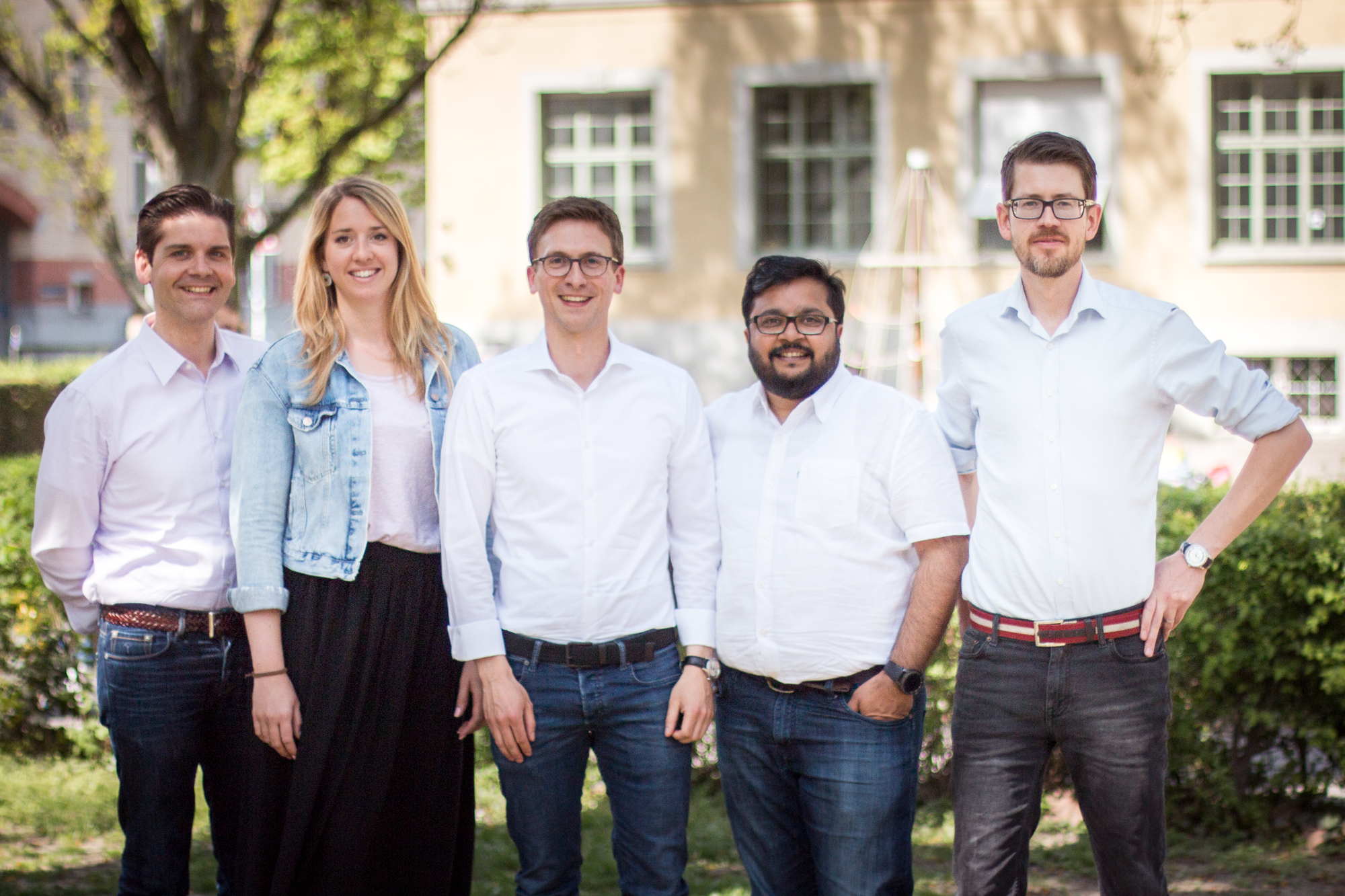The digital vehicle assistant Autosense has been live for 50 days. CEO Jaap Vossen spoke with us about obstacles, pride and jitters during the founding process.
What is Autosense?
Autosense is a digital vehicle assistant that networks cars with the help of a dongle and an app, starting from model year 2001 for petrol engines and 2004 for diesel engines. The standard version includes a logbook, remote diagnostics and safety warnings for low petrol and battery levels, tools to support eco-friendly driving, statistics on driving style, and theft protection. Customers can also activate their own wifi connection in their car with Autosense. Moreover, partners are able to offer services such as remote maintenance from a garage, roadside assistance, discounted insurance, fuel, etc.
Jaap, you’ve been with Autosense from the very beginning. What sparked the original business idea?
In my previous position as Head of Internet of Things (IoT) at Swisscom, I naturally saw the world through IoT glasses. 80% of IoT SIM cards are used in two areas worldwide: cars and smart meters. I’ve always been fascinated by cars. Car was the first word I ever said, much to my parents’ disappointment (laughs). But I knew I didn’t want to become a car manufacturer, since that would have been a bit difficult in Switzerland. So we at Swisscom asked ourselves how we could develop a service for cars that goes above and beyond the existing core offerings for connectivity and infrastructure. That was how we came up with the idea of establishing a local ecosystem: Swisscom connects the car and the partners provide their services, such as automatic roadside assistance, customised insurance options or a digital fuel card.
But it was a long road from the business idea to the foundation of the company. What would you do differently now in order to reach your goal faster?
We actually got off to a quick start with a proof of concept. Although it went well, we weren’t able to found the company immediately: we didn’t have enough budget or resources. That’s the crux of the matter: you have to get started before the actual foundation in order to prove the feasibility of your project. In some cases, you might even already have test customers, but what you don’t have is a company in the sense of a legal entity, or a budget to take the next steps. I would therefore now apply for a budget at the idea stage and define key performance indicators (KPIs) which could be used to make decisions about the company’s foundation.
In the end, Swisscom supported the foundation of the company as an investor. That presented the opportunity for you to take over the CEO role at Autosense. How did you experience the shift from a large enterprise to a start-up company?
Firstly, I thought long and hard about whether I should accept the position, because it was so much fun working as Head of IoT. I had been simultaneously working at Swisscom and on the development of the new business idea for some time, which wasn’t a satisfying situation. So I decided to devote myself fully to Autosense – to raising my baby. I have yet to regret my decision. As CEO of a start-up company, I have a lot more freedom in terms of creativity and decision-making; for example, when implementing ideas or defining processes and procedures. What I have noticed is that many things are performed as a matter of course and therefore efficiently in large enterprises, such as IT for employees, insurance policies and general support from specialist teams. We have to take care of all that ourselves.

A team of eight is currently working on Autosense. How do you manage to coordinate yourselves?
That’s another difference compared to large enterprises: the entire team is on board from the very beginning. Everyone believes in the idea and wants to work towards the same goal. That gives you a different kind of drive. We also work much more closely together as a team than I had experienced before in a large company. That’s necessary because, when you get down to it, we have more tasks than resources. Furthermore, in a small company, everyone is affected if something goes wrong. So that means we accept others’ weaknesses and compensate for them. There isn’t any finger pointing – we support each other.
You’ve been live for 50 days. Which obstacle are you particularly proud of conquering?
Right before the launch, some technical aspects were not working as they should. One hardware component hadn’t been installed properly. It was difficult to assess what was causing the error, so we were pretty nervous about whether we would be able to solve the problem in time. But we did it!
The launch is obviously not the end. What’s next?
We’ve been very focused on the product itself until now, and underestimated the importance of sales. Your service might be great, but if nobody knows about it, that doesn’t matter. In the beginning, the entire team was focused on product development. Now we’re making more capacity available for marketing. And it’s also important to further expand our ecosystem of partners, which is an aspect I’m particularly looking forward to. We’ve already conducted some very exciting meetings with interested parties. Unfortunately, I can’t let you in on any details yet.

